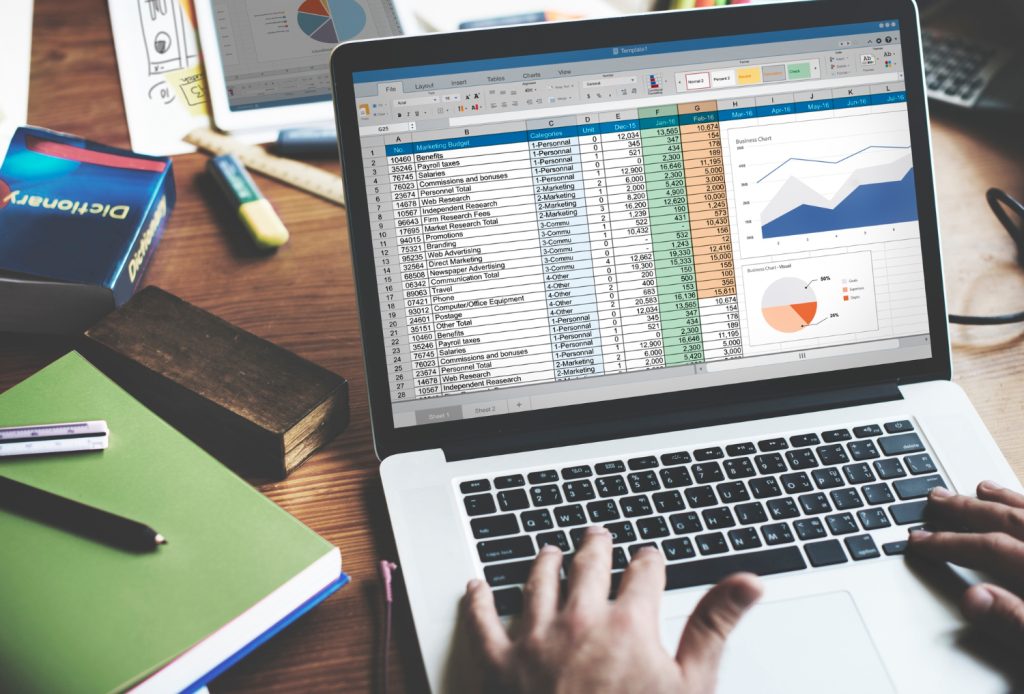
Lease accounting used to be a back-office task — tedious but manageable. Then came ASC 842, and suddenly, managing leases turned into a high-stakes, resource-draining challenge for many finance teams. Now, with automation and the right technology, companies are finally turning this compliance burden into a strategic advantage.
The shift is timely. According to a PwC 2023 report, more than 70% of private companies say they underestimated the complexity of implementing ASC 842, often struggling with lease data collection, classification, and reporting. For large portfolios, spreadsheets simply don’t cut it anymore.
That’s where automated lease accounting solutions come in — and they’re not just about ticking compliance boxes.
Why Automation Is a Game Changer
Under ASC 842, nearly every lease longer than 12 months — whether for real estate, equipment, or vehicles — must now appear on the balance sheet. That means calculating right-of-use (ROU) assets, lease liabilities, interest expense, and amortization schedules for potentially hundreds (or thousands) of contracts.
Manual processes are:
- Time-consuming: Reviewing contracts line-by-line is inefficient
- Error-prone: Even small formula errors can lead to big compliance risks
- Hard to Audit: Disorganized data makes reconciliations painful
- Difficult to Scale: Growth and acquisitions create new layers of complexity
Automation solves these problems by pulling in lease data, performing calculations, generating reports, and updating accounting entries — all in real time.
The Benefits Go Beyond Compliance
The right ASC 842 lease software doesn’t just simplify implementation. It can transform how your finance team operates by delivering better visibility, control, and strategic insight into lease obligations.
Key benefits include:
- Centralized Lease Data: Everything is in one searchable, auditable platform
- Automated Calculations: No more hand-built spreadsheets or late-night Excel sessions
- Standardized Reporting: Built-in templates for disclosures, audits, and forecasting
- Real-time Updates: Adjustments and remeasurements are reflected immediately
- Cross-department Collaboration: Legal, real estate, and finance work from a shared system
When finance leaders aren’t bogged down with manual work, they can focus on analysis, planning, and optimizing lease decisions.
Streamlining Month-End and Audit Readiness
One of the biggest wins with automation is what it does for the close process. Month-end used to mean scrambling to gather lease updates, run depreciation schedules, and match numbers across departments.
Now, automated systems can:
- Generate journal entries automatically
- Integrate with ERP systems for seamless posting
- Flag anomalies for review before reports go out
- Maintain audit trails for every change, contract, and calculation
- Provide standardized reports tailored for ASC 842 requirements
Auditors appreciate the consistency. Finance teams appreciate the speed.
Future-Proofing Your Lease Strategy
Automated lease accounting isn’t just about managing what you have — it’s about preparing for what’s next. Mergers, new locations, or vendor negotiations all impact lease portfolios. A smart system allows you to model changes before they happen and make more informed decisions.
With real-time dashboards and scenario planning, your team can:
- Evaluate the cost impact of renewing vs. replacing leases
- Identify high-risk contracts or clauses
- Benchmark lease expenses across business units
- Support budgeting and strategic planning with accurate projections
This shifts lease accounting from a reactive task to a proactive financial tool.
Final Thought
What used to be a headache is now a competitive edge — if you have the right technology in place. Automated lease accounting takes the weight off your team, ensures compliance, and gives leadership the visibility needed to make smarter decisions.
In an era where financial operations must be lean, agile, and accurate, automating lease accounting isn’t just smart — it’s necessary.